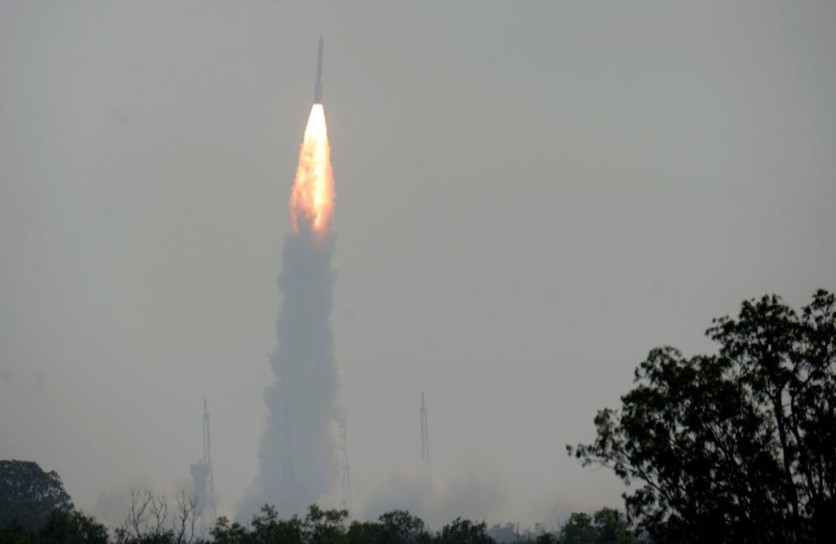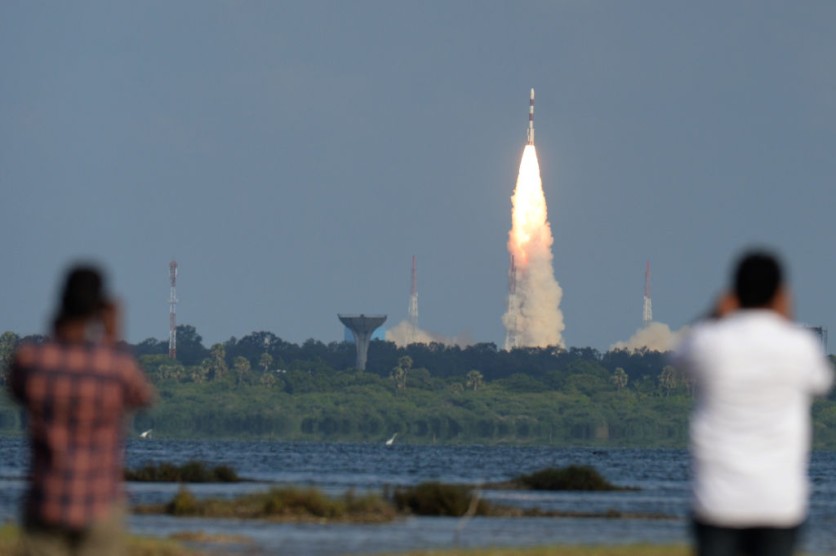The Polar Satellite Launch Vehicle (PSLV) of the Indian Space Research Organization successfully carried nine satellites, including eight nanosatellites, into orbit from the first launch pad at the Satish Dhawan Space Centre in Sriharikota, Andhra Pradesh, on Saturday, according to a report by India Today.
The Earth Observation Satellite-6, commonly known as Oceansat-3, was the primary satellite of the 44.4-meter rocket, which had a 321-ton lift-off mass.
The launch was a momentous occasion for India as thousands of people flocked to the ISRO launch pad to witness the 321-ton and 44-meter rocket fly to the skies.

Diplomatic Satellite with Bhutan
The spacecraft carries seven client satellites, a diplomatic satellite developed in partnership with Bhutan, and a national satellite from the Oceansat family.
An orbit modification using two orbit change thrusters (OCTs) mounted in the propulsion bay ring of the PSLV-C54 vehicle is planned after the primary satellite in Orbit-1 is separated during the 24th launch of the PSLV-XL variant.
Additionally, the satellite will improve applications by enabling the addition of new datasets, such as sea surface temperature and more optical bands for fluorescence and infrared bands used in atmospheric adjustments.
It is also worth noting that the eight nanosatellites were created by both India and Bhutan in collaboration with commercial enterprises.

Third-gen Oceansat Spacecraft
The third-generation Oceansat spacecraft, or the Earth Observation Satellite-06, is designed to carry on the work of Oceansat-2 with better payload specifications and application zones.
The satellite will be put into a sun-synchronous orbit after deployment. This indicates that they are synchronized to maintain the same constant position pointed to the Sun at all times.
Additionally, PSLV-C-54 is carrying Anand, a nanosatellite technology demonstration that aims to show off the potential and practical uses of mini earth-observation cameras.
The ISRO scientists would launch the rocket using the PSLV-C54 launch vehicle's two orbit change thrusters (OCTs), which would be one of the longest missions they had ever attempted, according to India Today.
Related Article : ESA's Solaris Program Will Study 24/7 Space-Based Solar Energy to Potentially Send Solar Farms Into Space
This article is owned by Tech Times
Written by Jace Dela Cruz
![Apple Watch Series 10 [GPS 42mm]](https://d.techtimes.com/en/full/453899/apple-watch-series-10-gps-42mm.jpg?w=184&h=103&f=9fb3c2ea2db928c663d1d2eadbcb3e52)



